- Componentes del kit de reactivos
| Especificaciones | 50t | 100t |
| Gato. No. | SN0205 | SN0206 |
| Columnas de extracción de ADN (colocar) | 50 (colocar) | 100 (colocar) |
| Reagent Buffer I | 20 ml | 2×20 ml |
| Reagent Buffer II | 15 ml | 15 ml |
| Tampón reactivo C | 30 ml | 2 × 30 ml |
| Tampón de elución 1 | 15 ml | 2 × 15 ml |
| Tampón de lavado | 20 ml | 20 ml |
| ARNasa A | 1ml | 1ml |
| Manual de instrucciones | 1 | 1 |
- Almacenamiento
Este kit debe almacenarse a temperatura ambiente. (15-25℃) en condiciones secas y se puede almacenar durante 12 meses. Las columnas de purificación y extracción de ADN se pueden almacenar en un ambiente fresco y seco durante hasta 1 año. La ARNasa A contiene un conservante y puede transportarse a temperatura ambiente., pero para almacenamiento a largo plazo, debe mantenerse a -20 ℃.
- Instrucciones para usar el kit de reactivos
3.1 Este kit está destinado a fines de investigación de biología molecular y no debe utilizarse para el diagnóstico o tratamiento de enfermedades..
3.2 Algunos componentes del kit contienen irritantes.; es recomendable tomar las precauciones necesarias (como usar ropa y gafas protectoras).
3.3 El uso de este kit requiere equipo adicional como una centrífuga de alta velocidad., baño de agua (baño de metal), mezclador Vortex, etanol anhidro, nitrógeno líquido, cloroformo, agua desionizada estéril, y tubos EP.
- Introducción al kit de reactivos
The new plant genome purificación de ADN kit provides a rapid method for DNA purification. It effectively precipitates DNA with specific reagent buffers II and C, collecting high-purity DNA through adsorption columns.
This kit is widely applicable for isolating samples from plant tissues and fungi, enabling the extraction of total DNA from plants and fungi within 30 minutos. The extraction process doesn’t involve toxic reagents like phenol-chloroform. El ADN extraído se puede utilizar directamente para experimentos posteriores, como PCR y transferencia Southern.
- Principios y procedimientos experimentales:

- Proceso de extracción
Precauciones antes de comenzar el experimento.:
A. Reagent Buffer I and Reagent Buffer C tend to precipitate at low temperatures. It is recommended to heat them at 65°C for 5 minutes until the precipitates dissolve before normal usage.
B. Before using Tampón de lavado 1, add the specified amount of absolute ethanol as indicated on the reagent bottle label and mark a check (√) on the label to indicate the addition of absolute ethanol.
C. The Elution Buffer is a 0.1x solución TE que contiene una cantidad mínima de EDTA. Si el EDTA afecta a experimentos posteriores, it is recommended to substitute the Elution Buffer with sterile deionized water.
1. Procesamiento de muestras:
A. Recolección y almacenamiento de materiales
If freshly collected materials cannot be immediately used, place them in liquid nitrogen for cooling and finally store at -80°C. Los materiales secos se pueden almacenar a temperatura ambiente..
B. Si las condiciones lo permiten, collect fresh materials whenever possible, as fresh materials contain fewer polysaccharides and polyphenols.
C. Al recolectar hongos de cultivo líquido., separate the liquid and collect the fungal cells by centrifugation.
2. Weigh around 100 mg of fresh samples or not exceeding 20 mg of dry material and grind it with liquid nitrogen.
(Nota: Different sample amounts may vary; it is advisable to optimize the sample amount through pre-experimental trials.)
3. Agregar 400μl Reagent Buffer I and 10μl RNaseA (10 mg/ml), ensuring there are no clumps in the ground sample. Clumps are difficult to lyse, reducing the DNA yield. También, do not mix Reagent Buffer I and RNaseA before usage.
4. Incubar a 65°C durante 5 minutos, gently invert the mixture 2-3 veces. This step is used for cell lysis. If samples are difficult to lyse, extend the incubation time, but not beyond 30 minutos.
5. Agregar 130μl Reagent Buffer II y mezclar bien, then ice-bathe for 5 minutos (this step is used for precipitating polysaccharides and proteins).
6. Centrifugar el lisado para 5 minutos a las 14,000 rpm (20,000×g).
(Nota: Some plant materials may contain a lot of viscous substances at this step, which can shear DNA in the subsequent steps. Por lo tanto, the ideal state is to remove these substances during this step. Después de la centrifugación, transfer the supernatant to a new centrifuge tube. If there is a significant amount of flocculent material in the supernatant after centrifugation, it indicates that the initial sample quantity was too large. Consider reducing the initial sample amount.)
7. Carefully transfer the obtained liquid to a new centrifuge tube.
(Nota: Approximately 450μl of liquid can be transferred; para algunas especies, it may be less than 450μl.)
8. Agregue un volumen igual de Tampón reactivo C and an equal volume of absolute ethanol to the lysate and mix well.
(Por ejemplo: Add 450μl of Reagent Buffer C, then add 450μl of absolute ethanol. If the volume of the lysate is less than 450μl, reduce the amount of Reagent Buffer C proportionally. Adding Reagent Buffer C will cause slight precipitation, pero no afectará los experimentos posteriores..)
9. Add the obtained liquid to the DNA extraction purification column (equipo) (Aproximadamente 650-700 μl cada vez), centrifuge at greater than 8,000 rpm para 1 minuto, desechar los residuos recogidos, y vuelva a insertar el tubo de recolección en la columna de purificación para el siguiente paso.
10. Repita el paso 9, add the remaining liquid to the DNA extraction purification column (equipo), centrifuge at greater than 8,000 rpm para 1 minuto, discard waste and the collection tube.
11. Coloque la columna de purificación de extracción de ADN. (equipo) en el tubo de recolección, agregar 300μl de tampón de lavado 1,centrifuge at greater than 8,000 rpm para 1 minuto, discard waste, y colocar la columna de purificación de extracción de ADN. (equipo) De vuelta al tubo para el siguiente paso.
(Nota: Confirm the addition of absolute ethanol in Wash Buffer 1.)
12. Agregar 500μl de tampón de lavado 1 a la columna de purificación de extracción de ADN (equipo), centrifugar en 14,000 rpm (20,000×g) para 2 minutos, extend centrifugation time appropriately to ensure the membrane is adequately dry.
13. Coloque la columna de purificación de extracción de ADN. (equipo) en un nuevo tubo de centrífuga, leave it uncovered, e incubar a 65°C durante 2 minutos. Extend this step as needed to evaporate ethanol to prevent ethanol residue from affecting downstream experiments.
14. Pipeta 100μl de tampón de elución onto the column membrane, centrifugar en 12,000 rpm para 2 minutos.
(Nota: 1. Using 50μl of Elution Buffer to elute DNA can increase DNA concentration but reduce the overall DNA yield; 2. The eluate containing DNA can be reapplied to the DNA extraction purification column and centrifuged at 12,000 rpm para 2 minutes again to increase DNA yield.)
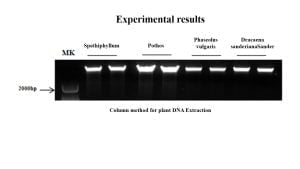
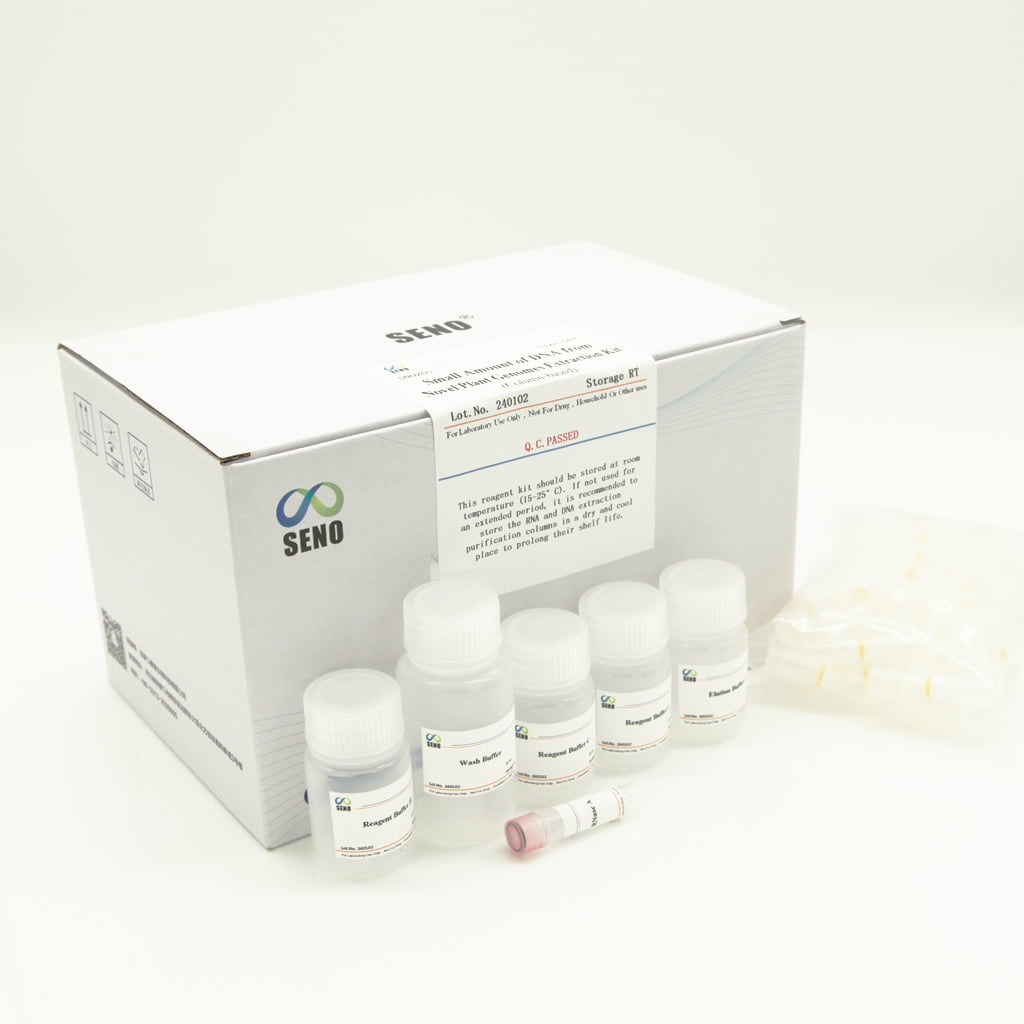
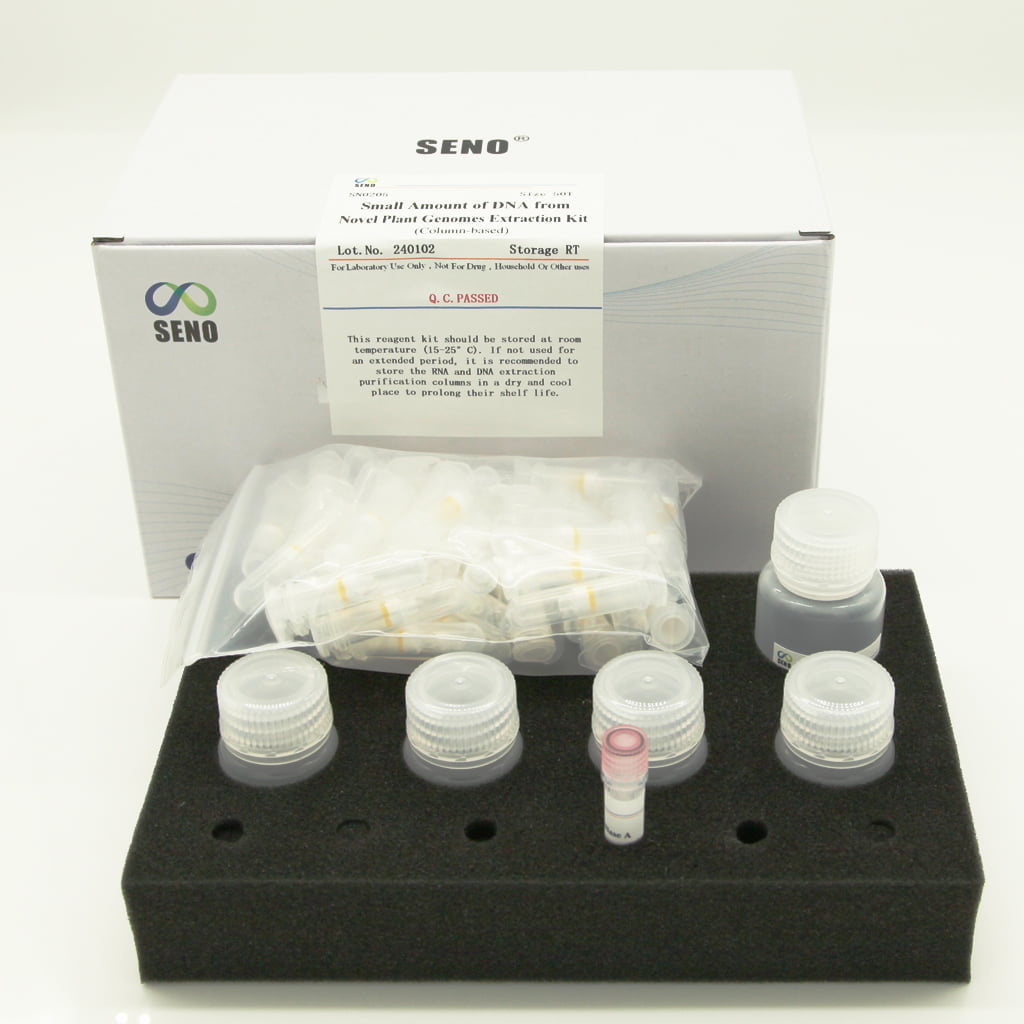
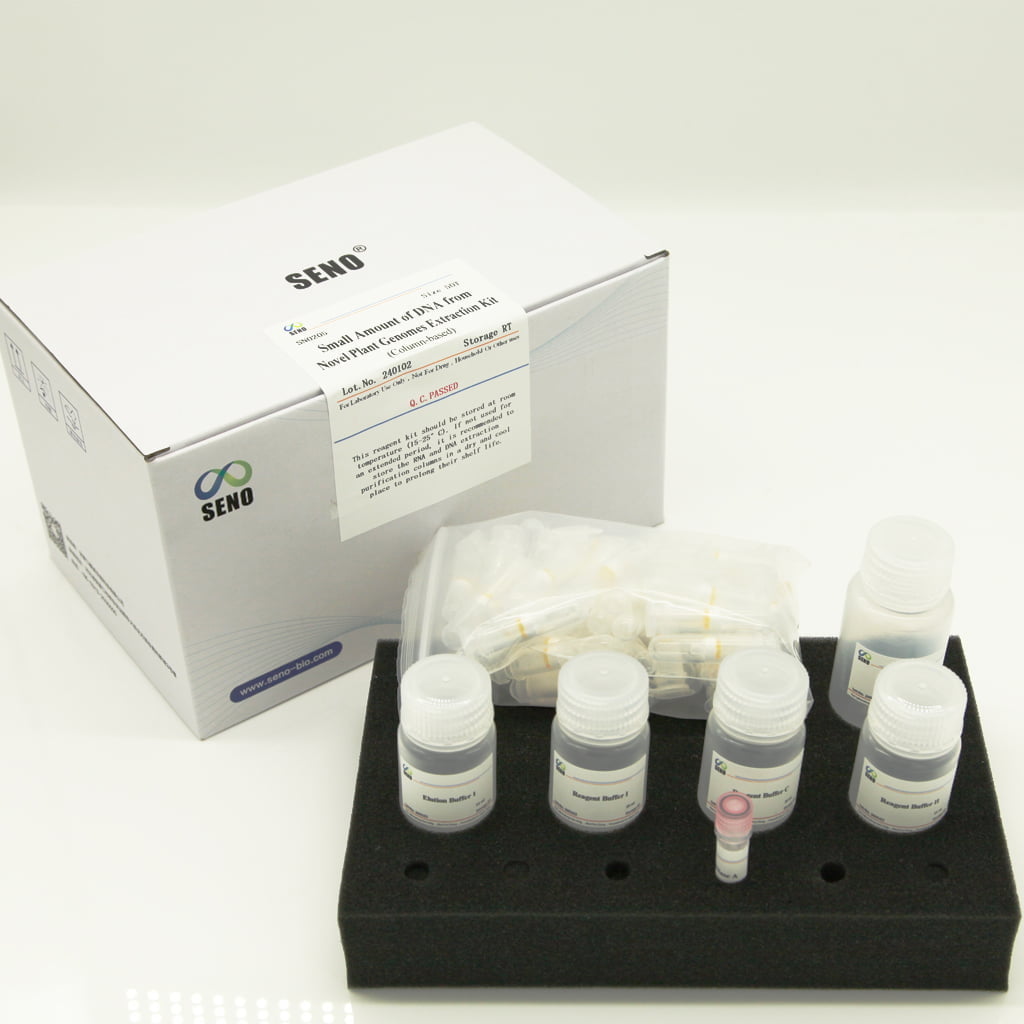
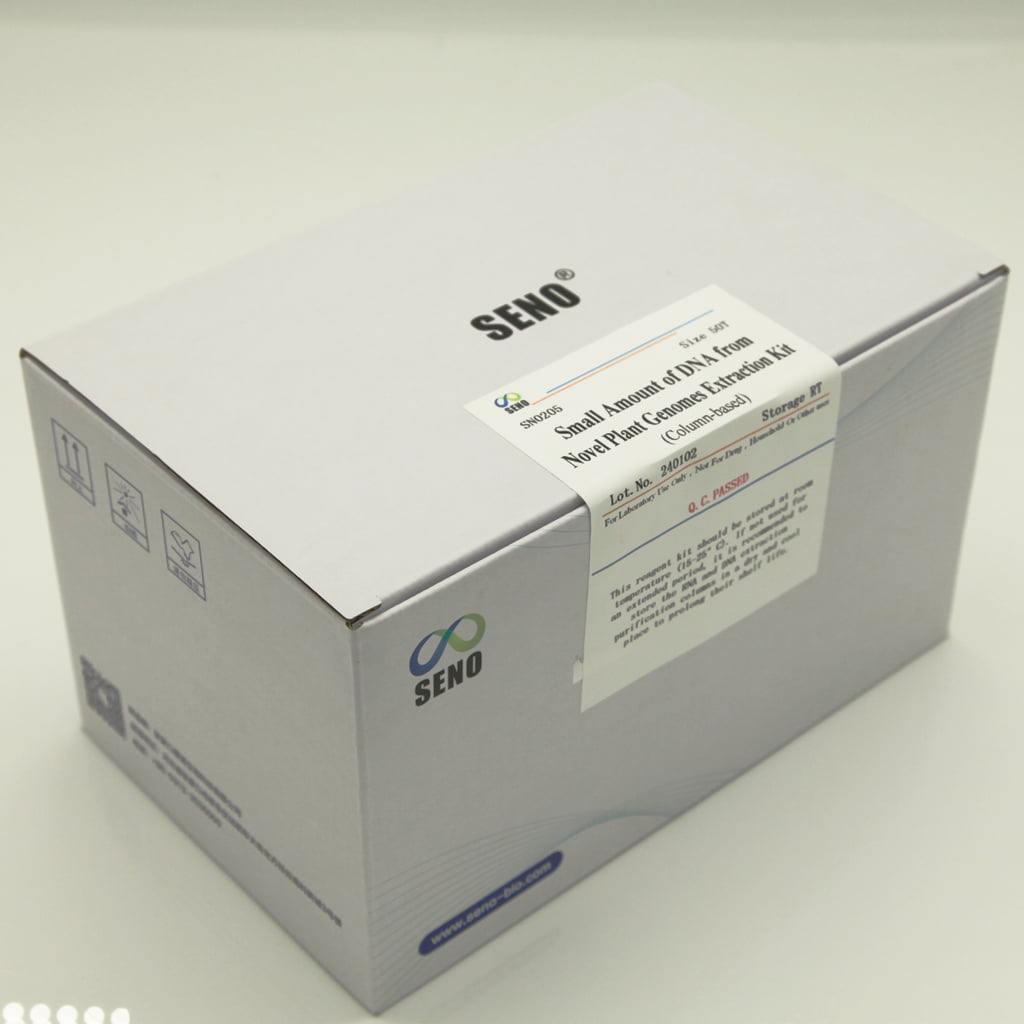
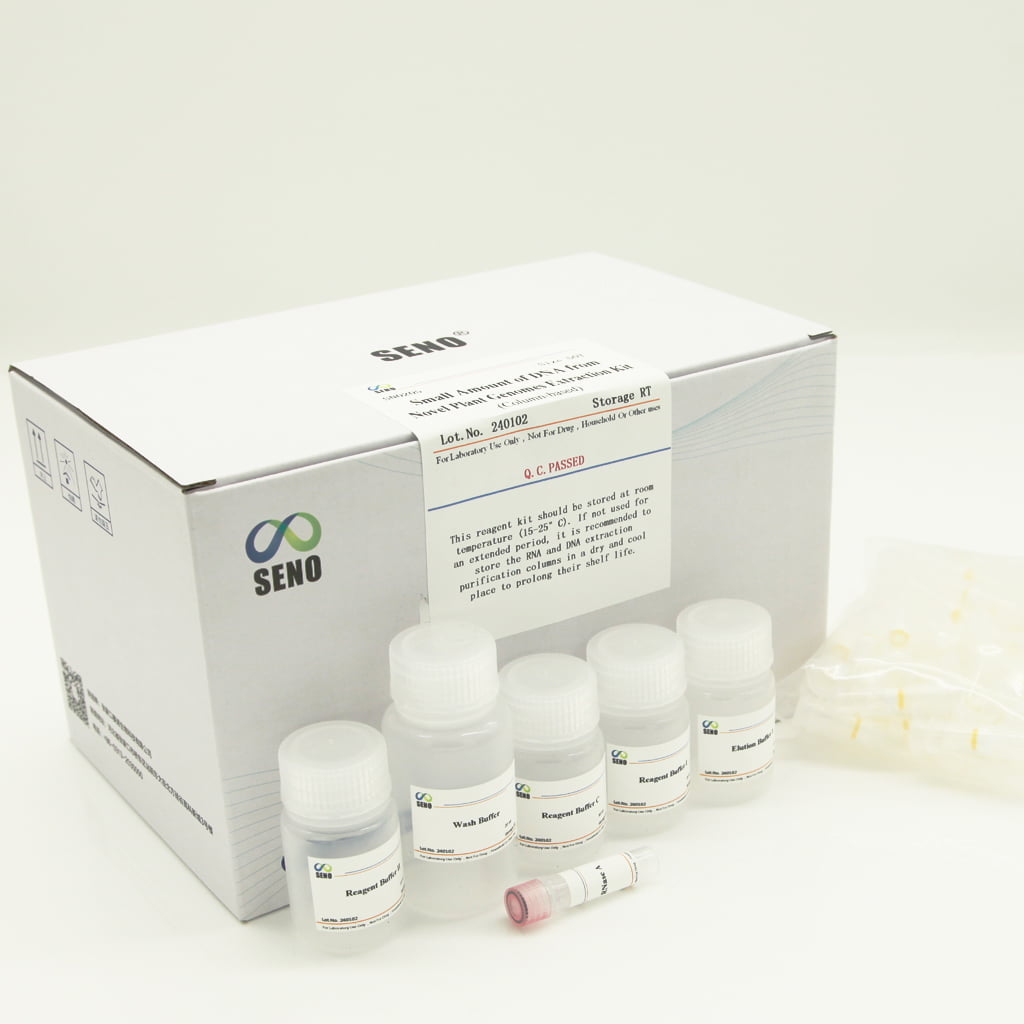
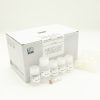
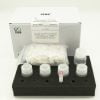
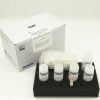


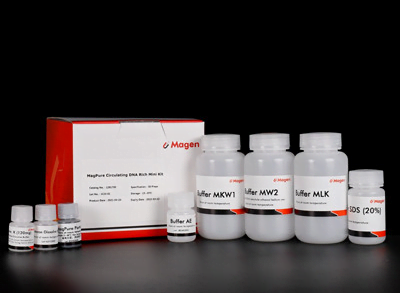
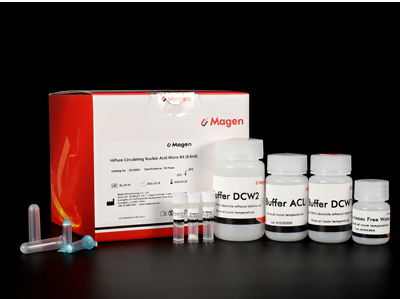

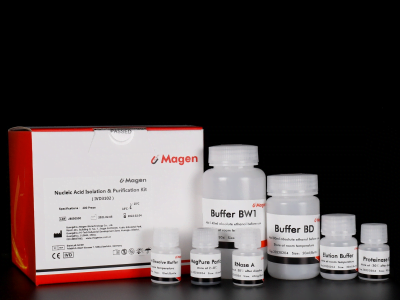
Reseñas
Aún no hay reseñas.